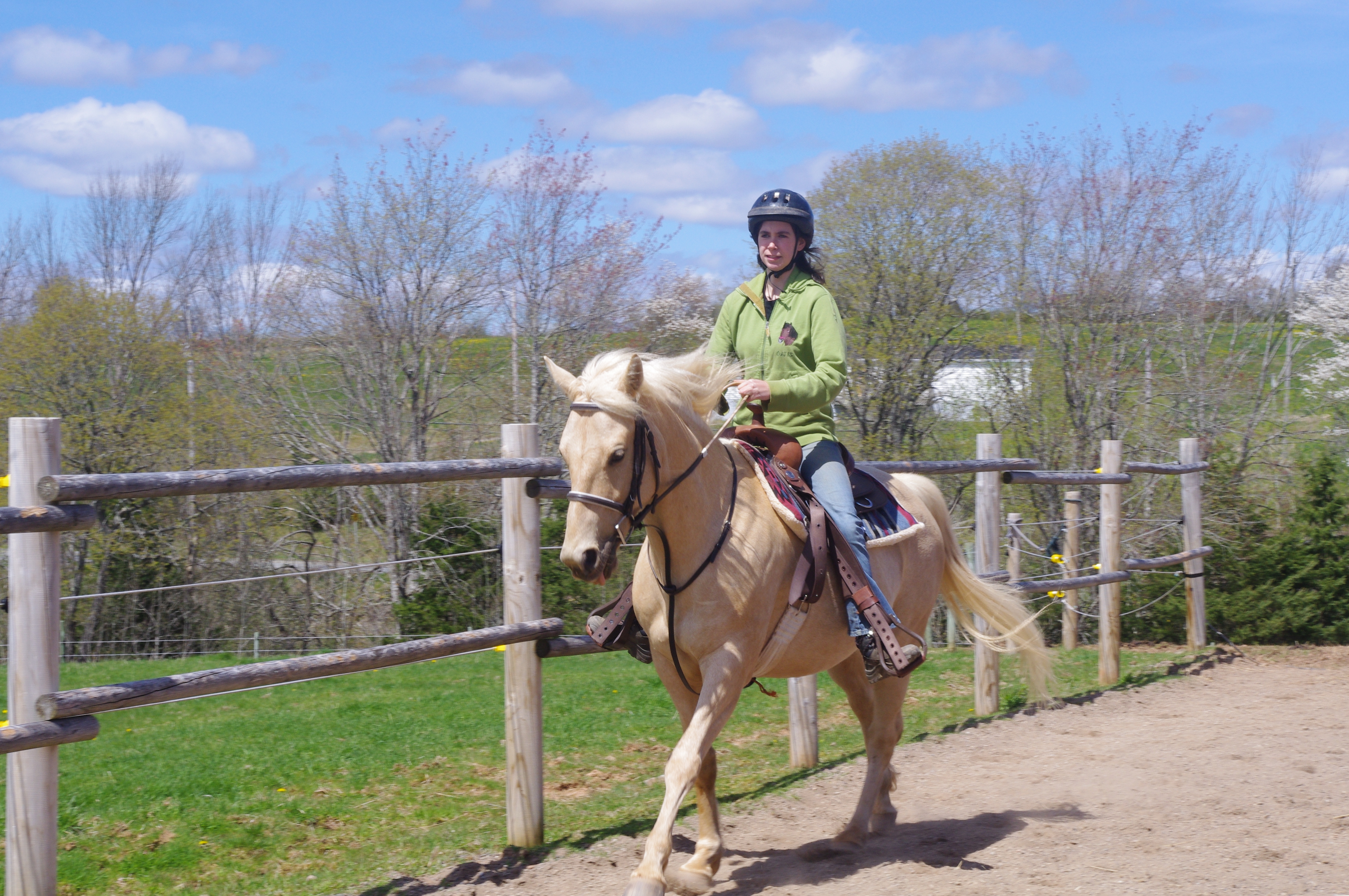Monday
Dec312012
Veterinary medicine hits close to home
 Monday, December 31, 2012 at 09:19AM
Monday, December 31, 2012 at 09:19AM Entry, Experiences
Teigan Bond, Atlantic Veterinary College
Five years ago, my five-year-old horse Belle went lame after I had owned her for a year. We had been doing some light riding and getting ready for summer when she presented with severe head-bobbing lameness in both front limbs. After nerve blocks and x-rays, the diagnosis was Navicular disease. A degenerative hoof condition, we started her on oral phenylbutazone and Navicon (a blood thinner) and changed her shoeing regimen from barefoot to shod with wedge pads. For a few days her lameness decreased, then came back with a vengeance. Changing her shoes didn't help, and in some cases made her lameness worse. As the Bute doses continued Belle starting getting multiple hoof abscesses in all four feet. Upon a farrier visit, White Line Disease was also discovered in all her feet, and treatment began for that. Belle was getting her feet soaked, poulticed, and bandaged twice a day and her health was still not improving. Meanwhile, I was getting really good at using Vet Wrap!

The diagnosis was still Navicular Disease, with the cause of these other problems unknown. Her soles became truly 'paper-thin', and her right front and hind feet almost had to be re-sectioned due to the White Line Disease. It got to the point where she was lame at a walk. Then the holes appeared on her coronary bands. Once again on all four feet, holes the size of dime sprang up almost overnight. Though not painful, the risk of infection was high, as was the chance of her hoof capsule detaching from the coffin bone and laminae. We started her on oral penicillin and the vet started calling in the experts. Overall it took about four months, three farriers, four vets, and five differential diagnoses (including Cushings, Laminitis, and Selenium toxicity) before one vet from the U.S. suggested an allergy to phenylbutazone. We immediately pulled her off it (at this point there really wasn't that much to lose), and her lameness began to decrease within a week. Her abscesses healed and never reappeared, and the coronary band holes closed up as quickly as they opened.
| Comments Off
tagged  Atlantic Veterinary College,
Atlantic Veterinary College,  Navicular Disease,
Navicular Disease,  horse in
horse in  Experiences
Experiences
 Atlantic Veterinary College,
Atlantic Veterinary College,  Navicular Disease,
Navicular Disease,  horse in
horse in  Experiences
Experiences 